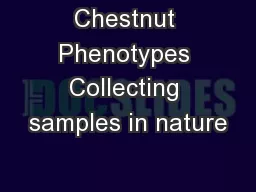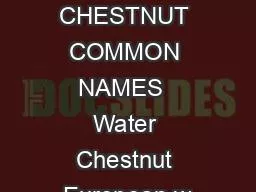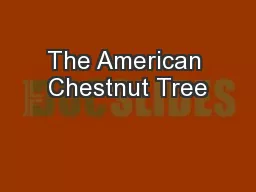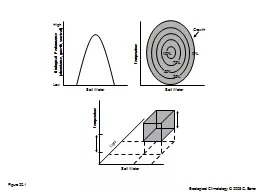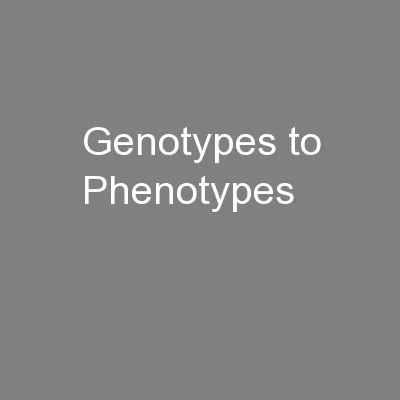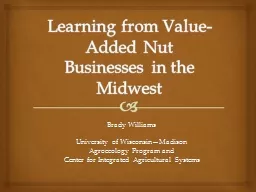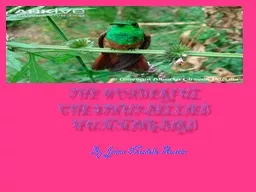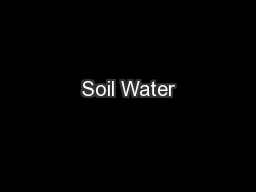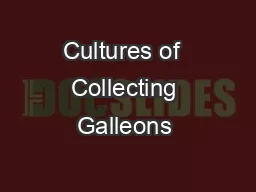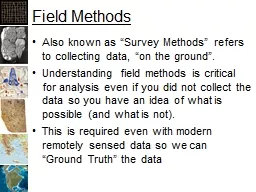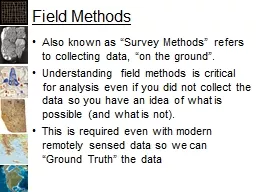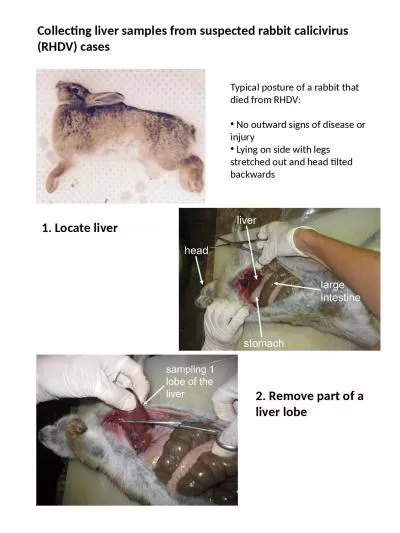PPT-Chestnut Phenotypes Collecting samples in nature
Author : calandra-battersby | Published Date : 2018-09-26
What is the goal How do you identify those specimens you want from everything else that looks similar but is something else What part of the specimen is important
Presentation Embed Code
Download Presentation
Download Presentation The PPT/PDF document "Chestnut Phenotypes Collecting samples i..." is the property of its rightful owner. Permission is granted to download and print the materials on this website for personal, non-commercial use only, and to display it on your personal computer provided you do not modify the materials and that you retain all copyright notices contained in the materials. By downloading content from our website, you accept the terms of this agreement.
Chestnut Phenotypes Collecting samples in nature: Transcript
Download Rules Of Document
"Chestnut Phenotypes Collecting samples in nature"The content belongs to its owner. You may download and print it for personal use, without modification, and keep all copyright notices. By downloading, you agree to these terms.
Related Documents

